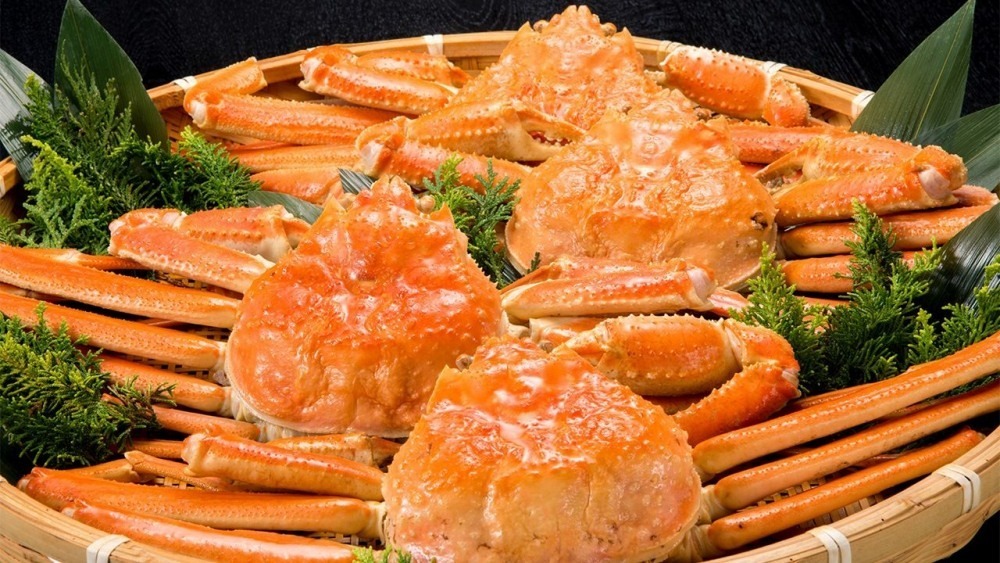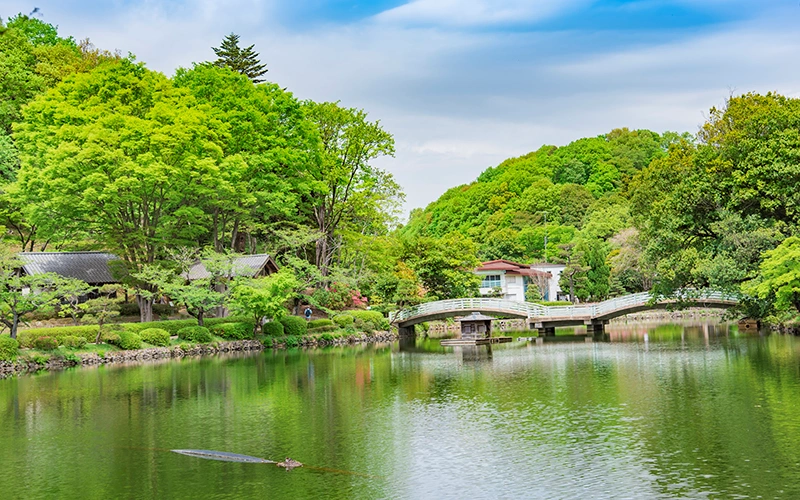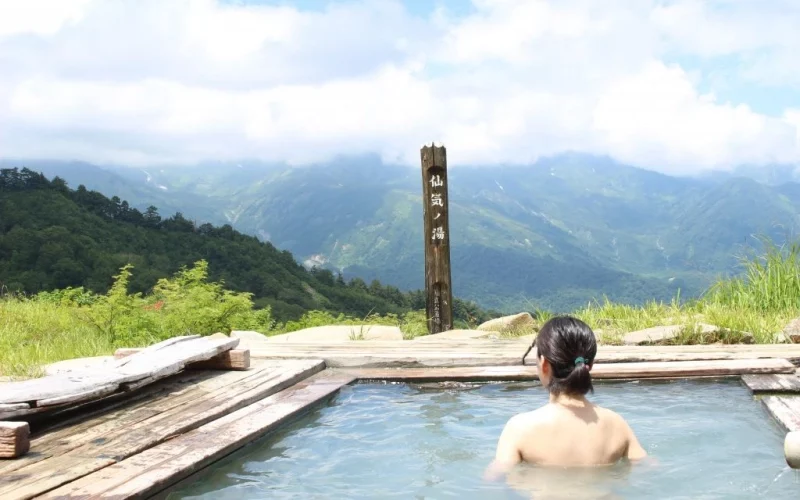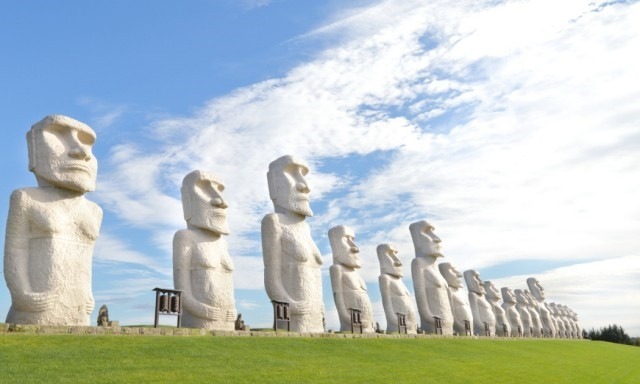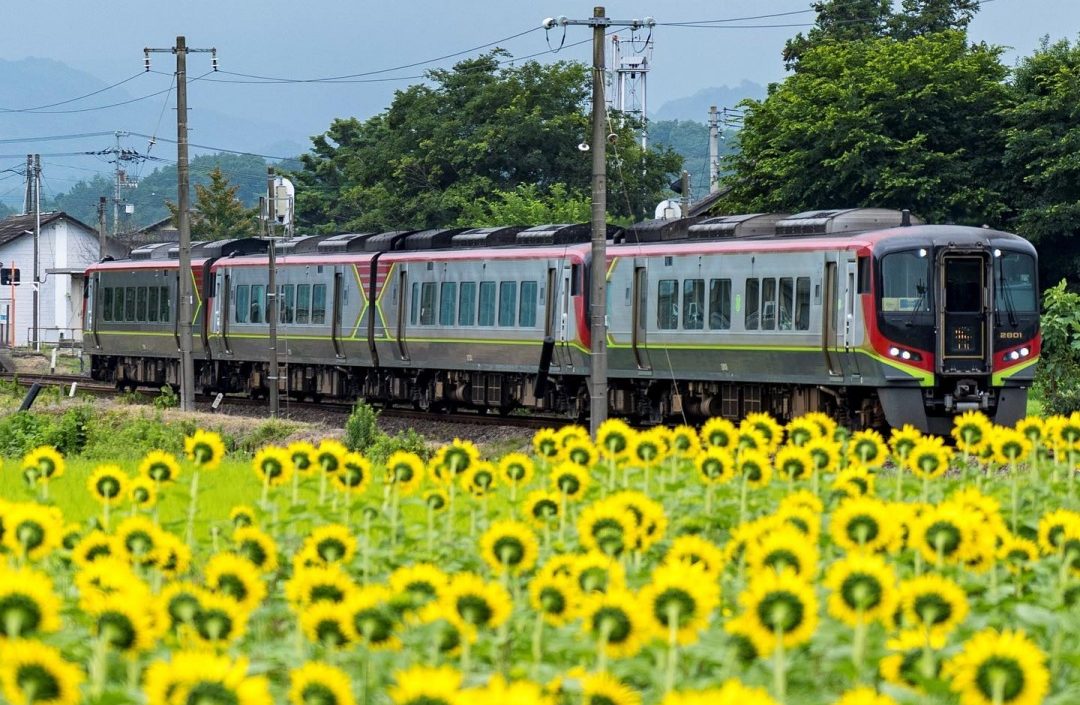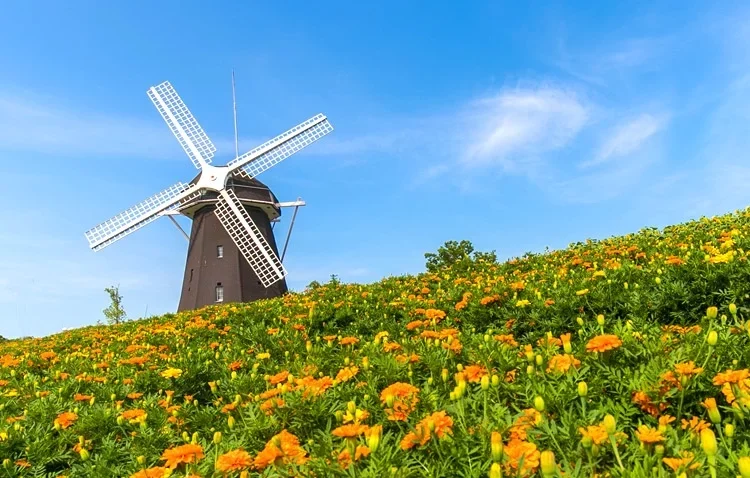Based on the actual visit records of over 100,000 travel enthusiasts from Japanese travel agencies, we present the popularity ranking of Japan's most beloved remote islands! From Hiroshima's Miyajima to Okinawa's Kouri Island and Yamaguchi's Tsunoshima, these pearls scattered around the Japanese archipelago await your exploration.
1st Place: Miyajima (Hiroshima Prefecture)
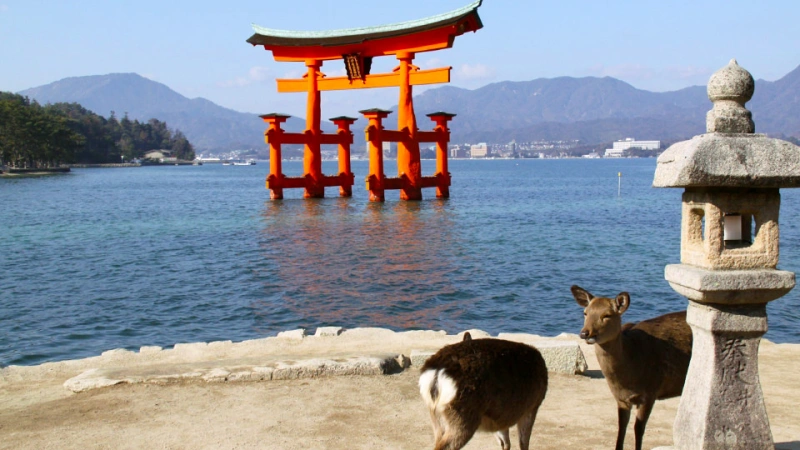
This small island floating in Hiroshima Bay is famous for the Itsukushima Shrine, a UNESCO World Heritage Site since 1996, with its iconic vermilion Torii gate standing in the sea.
The shrine complex, the sea Torii, and the primeval forest of Mount Misen behind it form the World Heritage area, covering 14% of the island's total area.
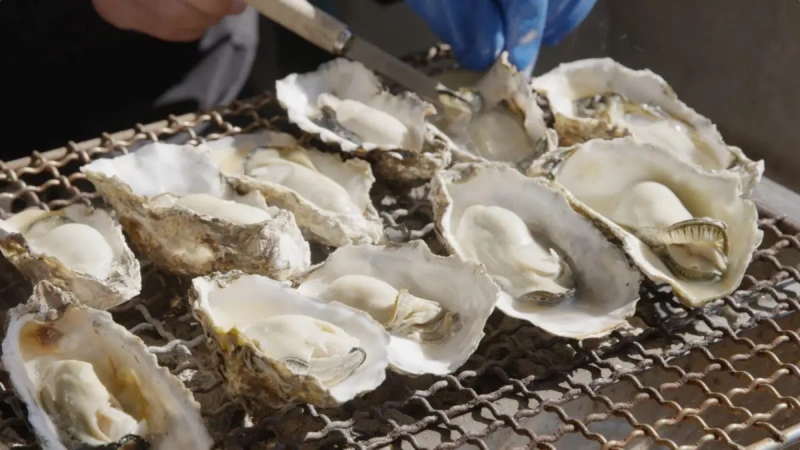
Miyajima oysters, known for their rich and succulent flavor, are a must-try local delicacy.
2nd Place: Enoshima (Kanagawa Prefecture)
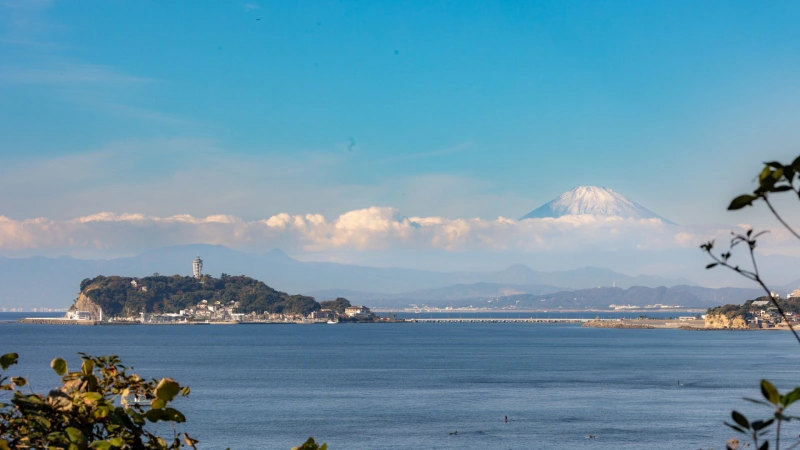
Enoshima is not only a popular tourist destination but also a classic dating spot. The island has varied terrain, but with the escalator-style transport "Esca," children and the elderly can move around relatively easily.
The entire island is considered a power spot, dotted with energy points, particularly famous for prayers for love and marriage. Highlights include the "Enoshima Shrine," one of Japan's three major Benzaiten shrines, scenic viewpoints overlooking the ocean, seafood restaurants, dining spots with stunning views, cafes, and caves.
3rd Place: Kouri Island (Okinawa Prefecture)
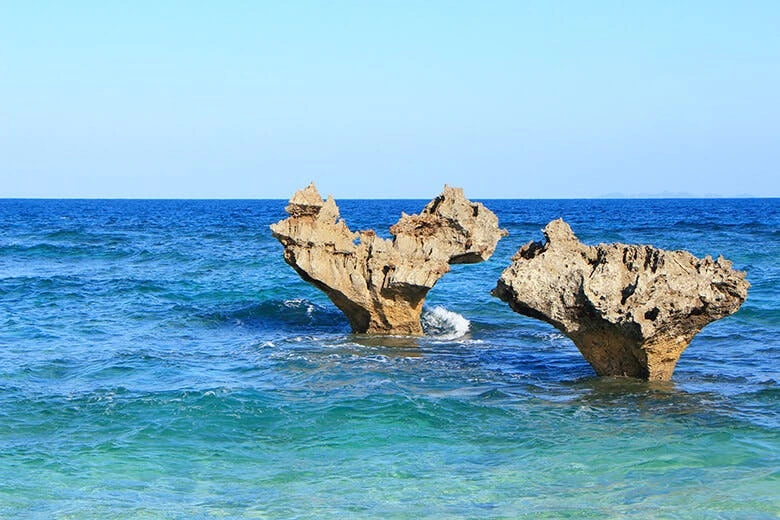
Kouri Island gained fame due to the "Heart Rock" featured in an advertisement by the popular idol group "Arashi." Located in northern Okinawa, this remote island is easily accessible by car via the Kouri Bridge.
Known as the "Island of Love" due to its Adam and Eve legend, it is especially popular among couples. Attractions include the highly transparent "Kouri Beach," the natural white sand and coral of "Toki Beach," and the "Kouri Ocean Tower," offering views of the Kouri Bridge and the sea.
4th Place: Ishigaki Island (Okinawa Prefecture)
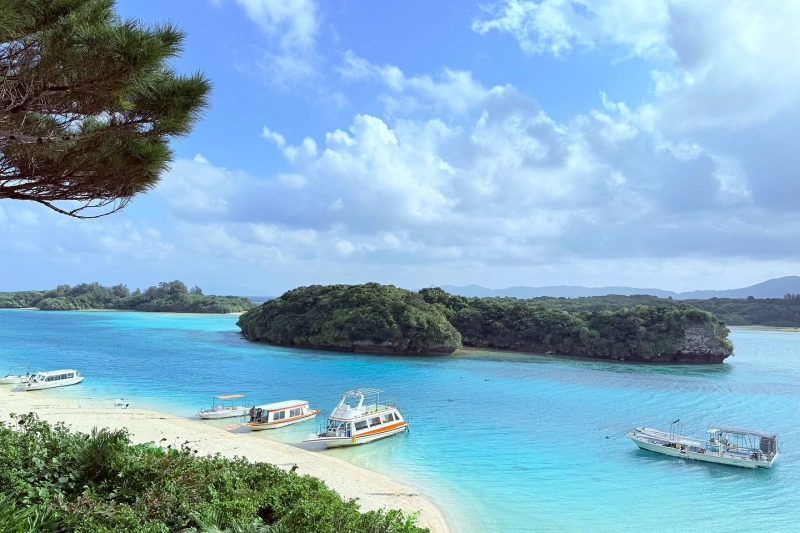
Ishigaki Island, the third largest island in Okinawa, serves as the transportation hub for the Yaeyama Islands.
The island's most famous attraction, "Kabira Bay," received a three-star rating in the Michelin Green Guide Japan, hailed as a breathtaking scenic spot. The "Kabira Blue" of its waters is unrivaled in beauty.
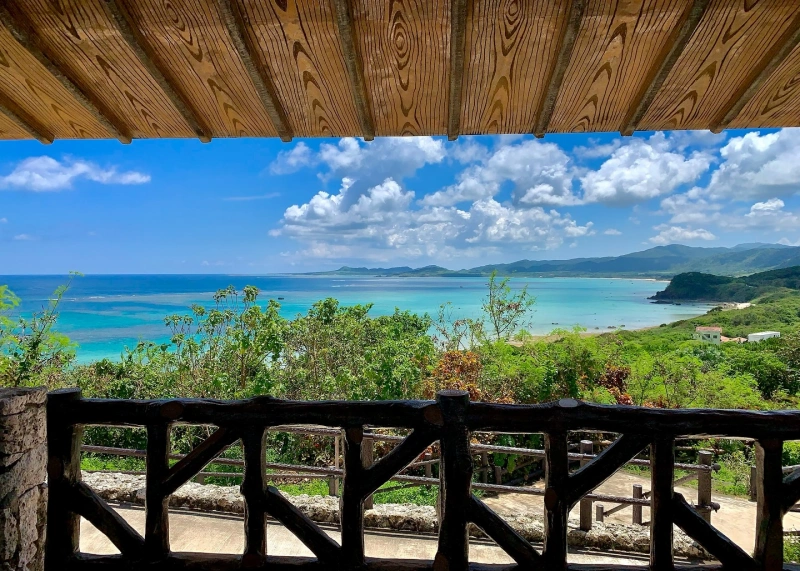
The Tamatorizaki Observatory is Ishigaki Island's premier panoramic viewpoint, offering stunning views of emerald green seas.
5th Place: Shodoshima (Kagawa Prefecture)
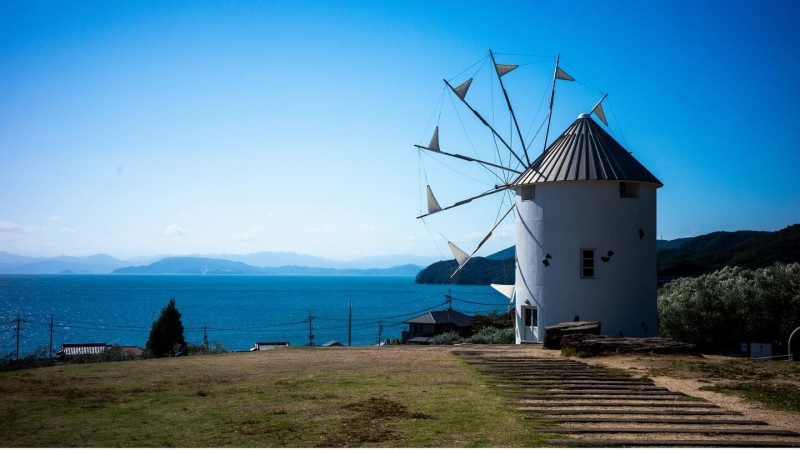
Shodoshima is the second largest island in the Seto Inland Sea. It boasts beautiful natural landscapes like Angel Road and Kankakei, as well as the "Shodoshima Olive Park," named after the island's specialty olives.
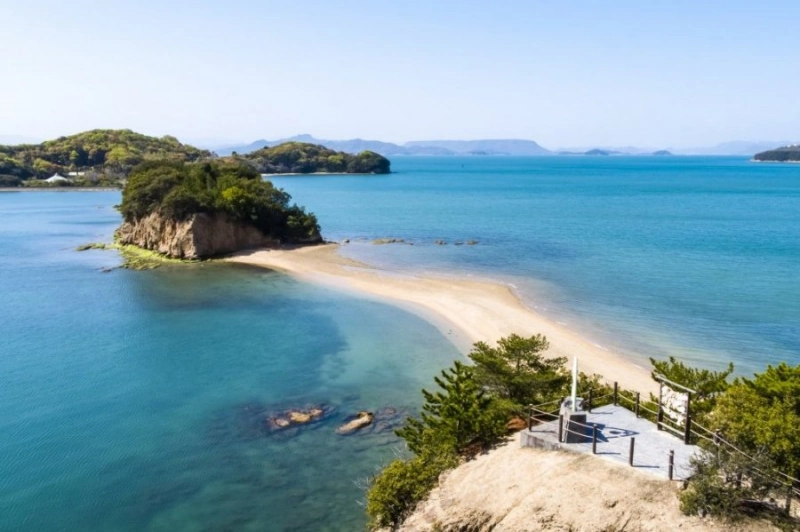
Shodoshima's olives are among the world's finest, and olive oil and other olive products are recommended souvenirs.
6th Place: Sakurajima (Kagoshima Prefecture)
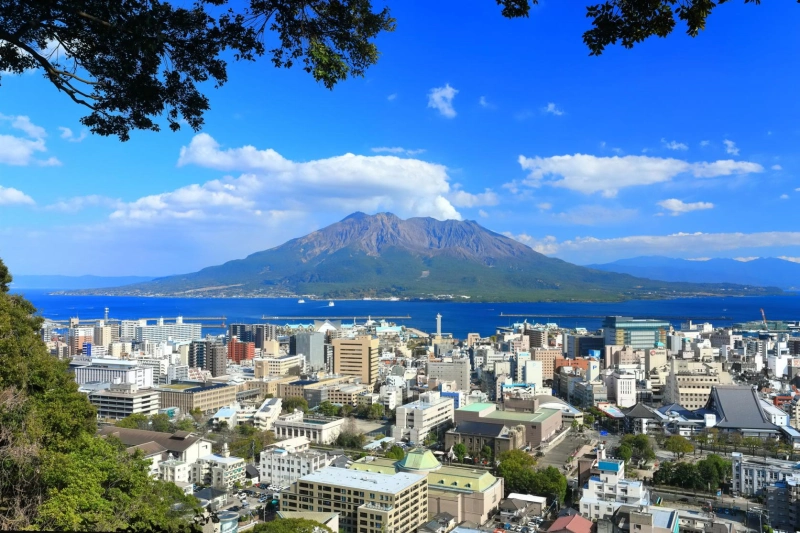
Known as the "active volcanic wonder floating in Kinko Bay," Sakurajima is located across from Kagoshima city, separated by the bay. Visitors can easily reach it by ferry in about 15 minutes.
Even without visiting Sakurajima, its majestic presence can be admired from various points in Kagoshima Prefecture. The famous "Shiroyama Observatory" is a notable viewpoint, and "Dolphin Port," near the Sakurajima ferry terminal, offers scenic views of Kinko Bay and Sakurajima.
7th Place: Taketomi Island (Okinawa Prefecture)
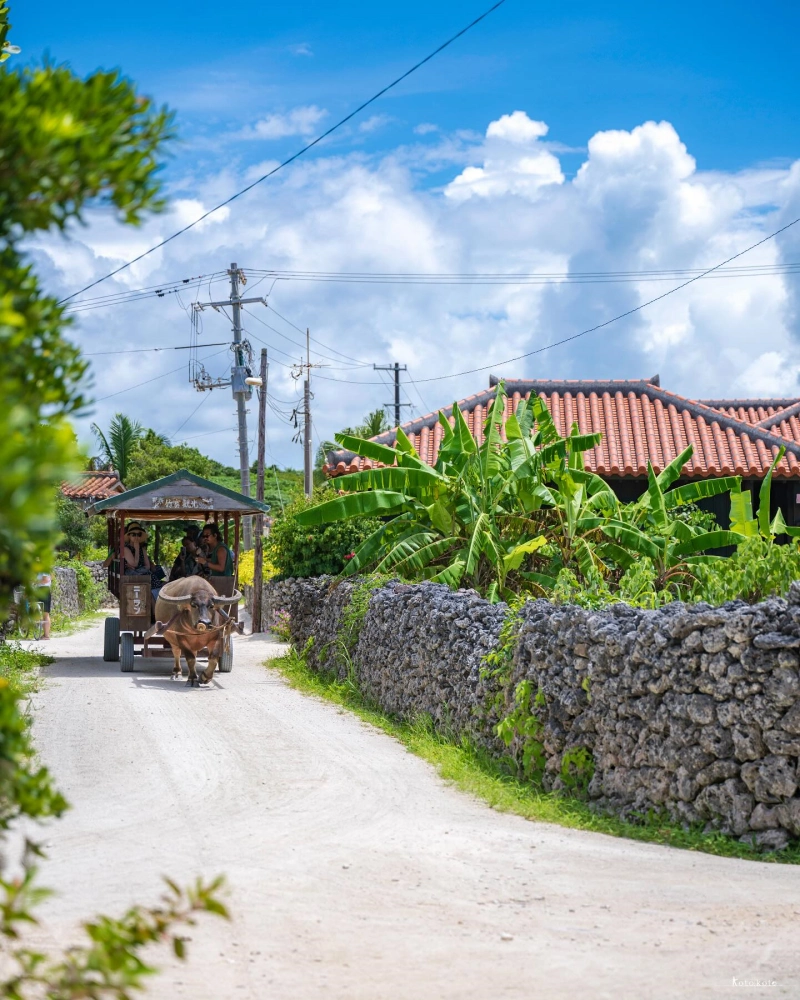
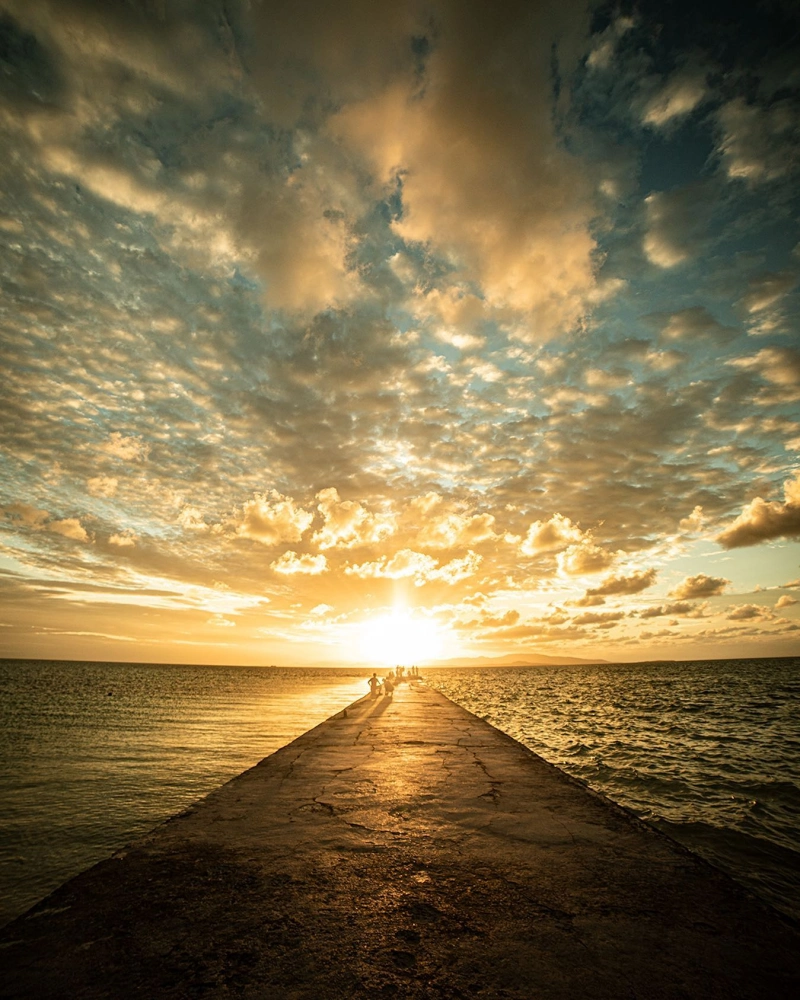
Taketomi Island, a forgotten Ryukyu village frozen in time, is just 6 km from Ishigaki Island. Famous for its stunning sunsets at the "Nishi Pier" and the traditional Okinawan village with red-tiled roofs and stone lions, it’s a photographer’s paradise.
A must-do activity on Taketomi Island is a water buffalo cart ride, leisurely exploring the red-tiled village. Accompanied by a guide’s commentary and folk songs played on the shamisen by an elder, you can fully immerse yourself in the island’s tranquil atmosphere.
8th Place: Awaji Island (Hyogo Prefecture)
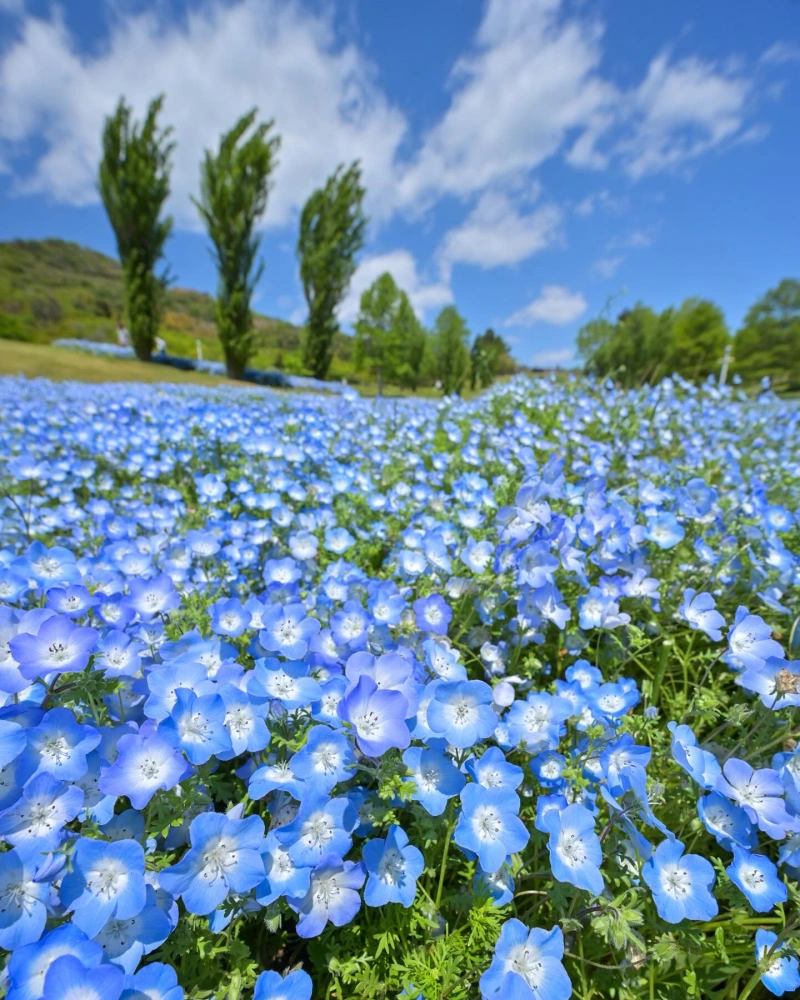
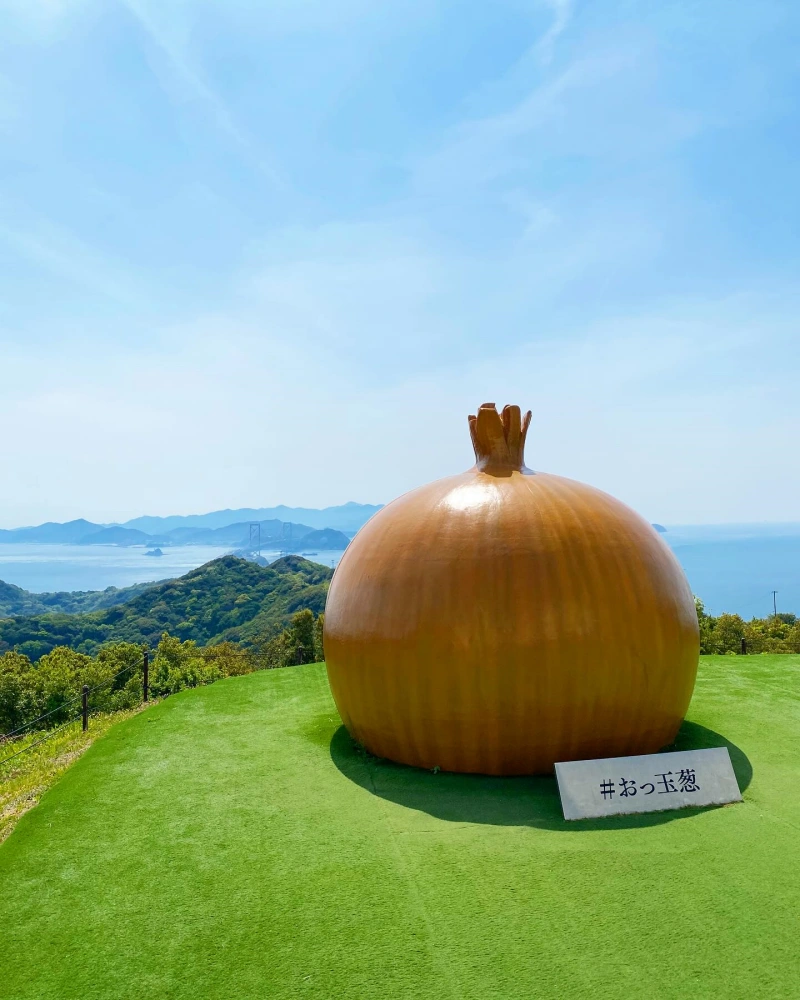
Awaji Island, the largest island in the Seto Inland Sea, is known as the "Island of Flowers."
Top three must-visit attractions:
① Awaji Hanasajiki (seasonal flower fields)
② Akashi Kaikyo National Park (views of the cross-sea bridge)
③ Awaji Yumebutai (Tadao Ando’s architectural masterpiece)
Also recommended are the Sumoto Onsen and Minami Awaji Onsen for a relaxing hot spring experience.
9th Place: Hashima/Gunkanjima (Nagasaki Prefecture)
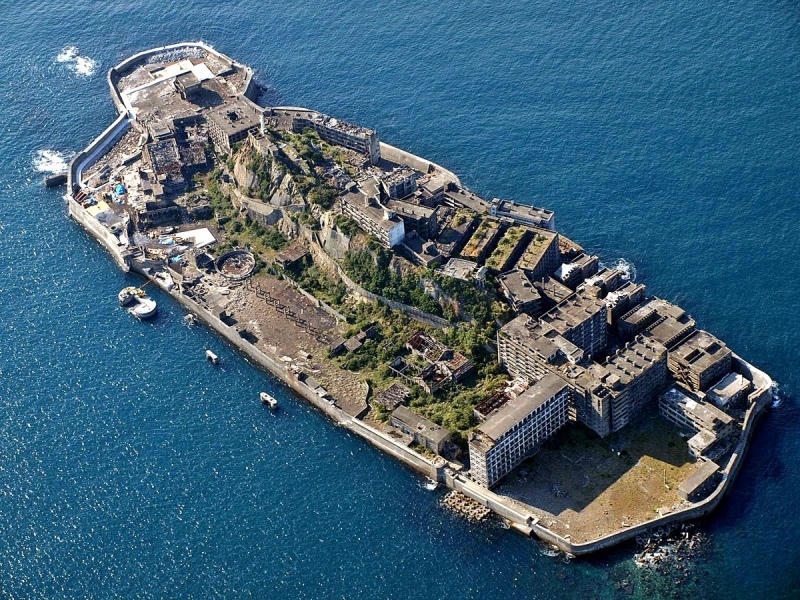
Located in Nagasaki Prefecture, Hashima is a tiny island, approximately 480 meters long and 160 meters wide. It prospered from the Meiji to Showa eras due to undersea coal mining. At its peak in 1960, its population density was nine times that of Tokyo. However, after the coal mine closed in 1974, the island became uninhabited.
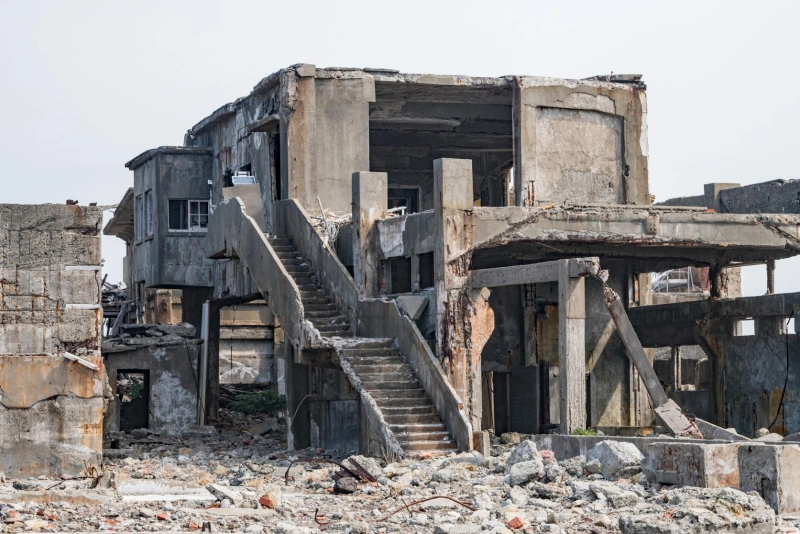
As part of the UNESCO World Heritage Site "Sites of Japan’s Meiji Industrial Revolution," access is restricted to guided tours. For safety reasons, visitors cannot enter the side with towering buildings, but guided tours allow exploration of three designated areas, including the former coal mine site.
Before visiting:
⚠️ Guided tours are mandatory (limited daily capacity)
⚠️ Only three safe areas are accessible (including the old mine site)
10th Place: Miyako Island (Okinawa Prefecture)
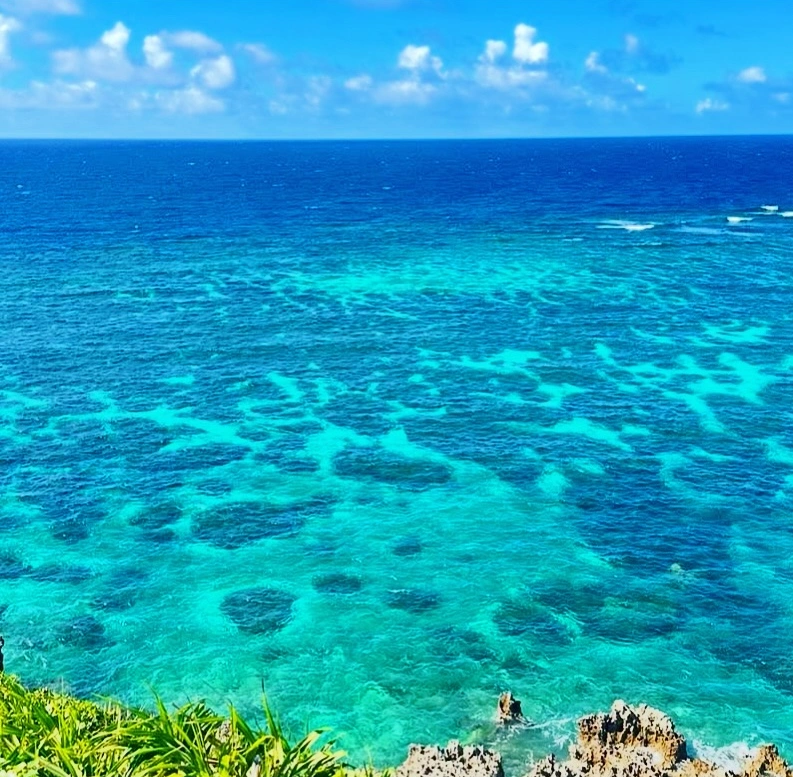
The Miyako Islands consist of eight islands, with Miyako Island as the central and largest. Formed from uplifted coral reefs, its beaches are dazzlingly white, made of crushed coral. Connected by bridges to four nearby islands (Ikema, Kurima, Irabu, and Shimoji), driving tours are recommended.
Famous beaches include "Yonaha Maehama Beach" and "Sunayama Beach." Known as the "most beautiful in the East," Yonaha Maehama Beach boasts a 7-km stretch of pure white sand and clear turquoise waters. Sunayama Beach is famous for its rock arch carved by waves.
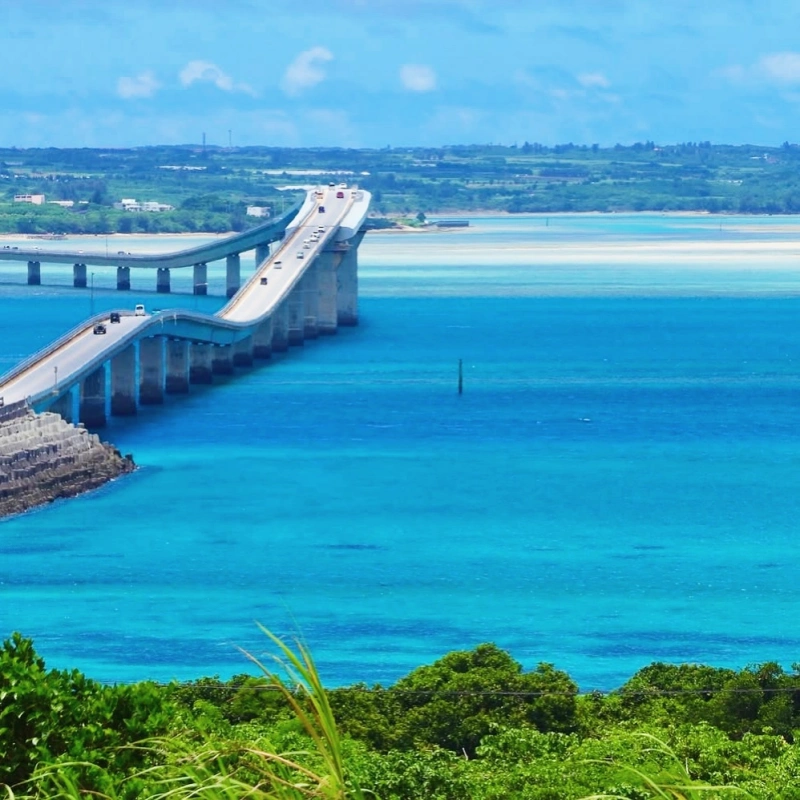
The narrow cape at the eastern tip, "Higashi Hennazaki," is a popular viewpoint offering stunning vistas of the cobalt blue ocean.
Recommended self-driving route:
Miyako Island → Ikema Bridge → Kurima Island → Irabu Bridge → Shimoji Island
11th Place: Naoshima (Kagawa Prefecture)
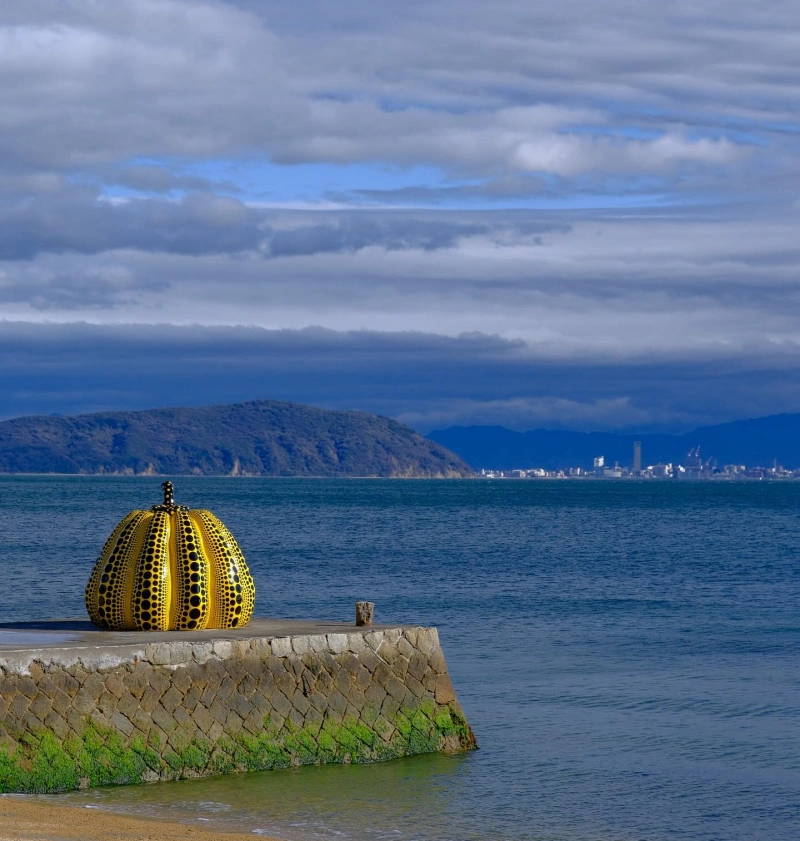
Known as the "Art Island," Naoshima is one of the Seto Inland Sea islands in Kagawa Prefecture. A 15-minute ferry ride from Uno Port in Okayama Prefecture, it has a population of about 3,000.
Initially launched by the Benesse Corporation, art activities expanded beyond museums to old houses and alleys. The Chichu Art Museum, showcasing Monet’s works, opened in 2004, and the Setouchi Triennale, held every three years since 2010, boosted Naoshima’s popularity.
The island is dotted with attractions, with Yayoi Kusama’s "Yellow Pumpkin" as its symbol, contrasting beautifully with the blue sea. Near the Naoshima ferry terminal, the "Red Pumpkin" allows visitors to step inside.
12th Place: Tsunoshima (Yamaguchi Prefecture)
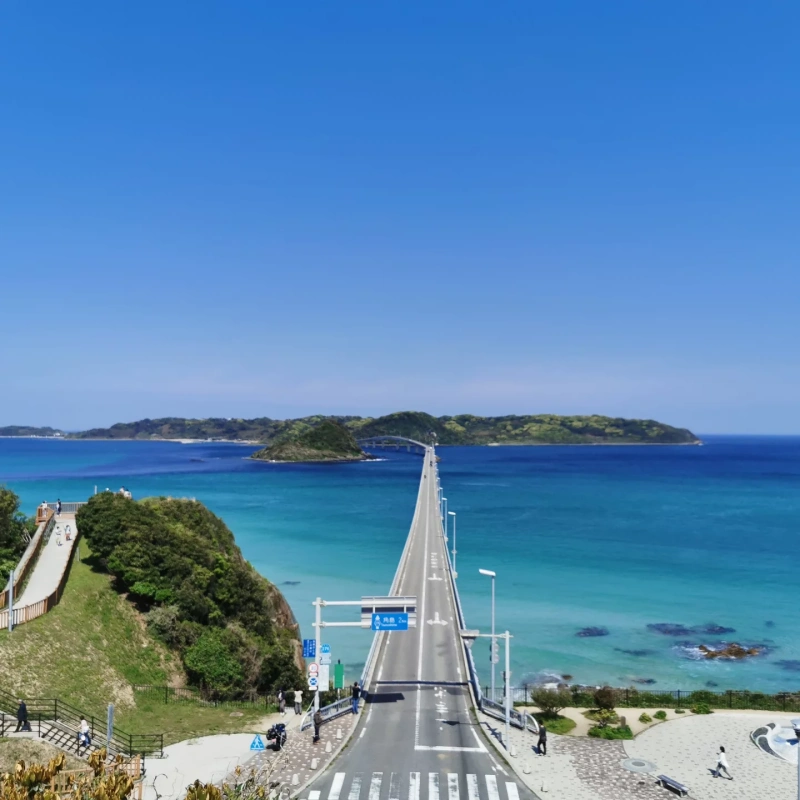
With a population of about 900, Tsunoshima is part of a national park along the coastline, including Hagi, Kita-Nagato, and Shimonoseki. Named for its two horn-like capes, "Makizaki" and "Yumezaki," the island’s stunning scenery, part of a national park, has been featured in films like HERO and TV commercials.
Access to Tsunoshima is via the Tsunoshima Bridge, opened on November 3, 2000. Before its construction, ferries connected the mainland to the island.
13th Place: Sarushima (Kanagawa Prefecture)
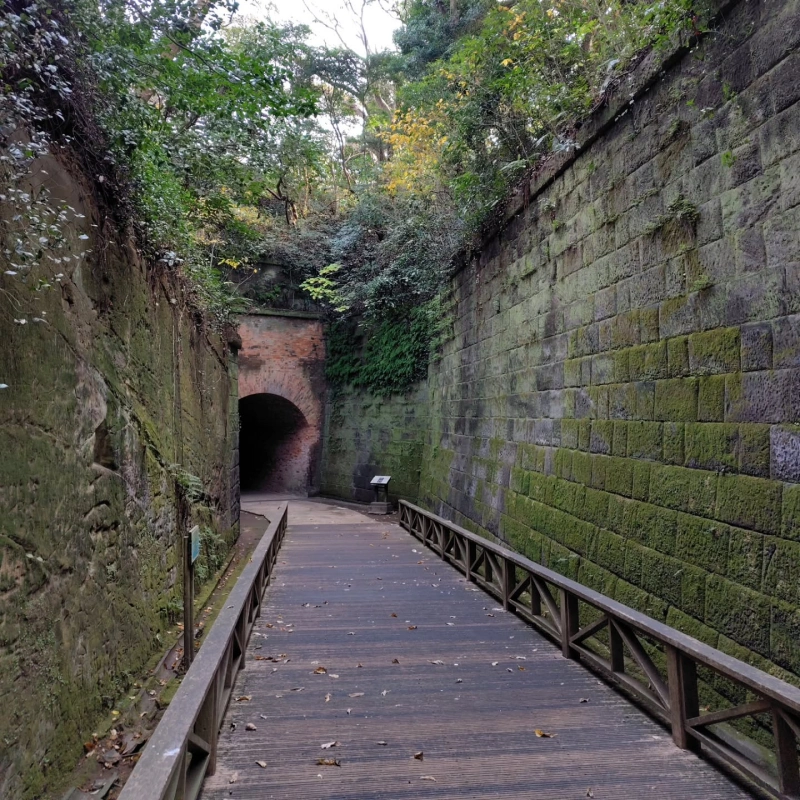
Sarushima, Tokyo Bay’s only uninhabited island, is a 10-minute ferry ride from Yokosuka Port’s Mikasa Pier, with hourly services. Visitors can stroll, barbecue, fish, and swim in the summer.
Its unique charm lies in its Ghibli-esque scenery, reminiscent of Laputa: Castle in the Sky. Lush natural surroundings house remnants of old Japanese military brick fortresses and gun emplacements, sparking a sense of adventure.
14th Place: Kurima Island (Okinawa Prefecture)
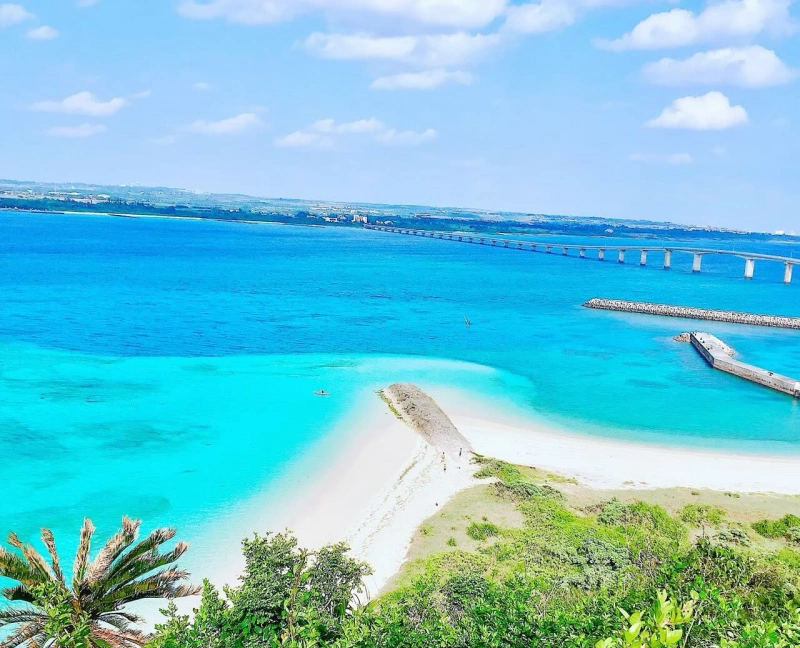
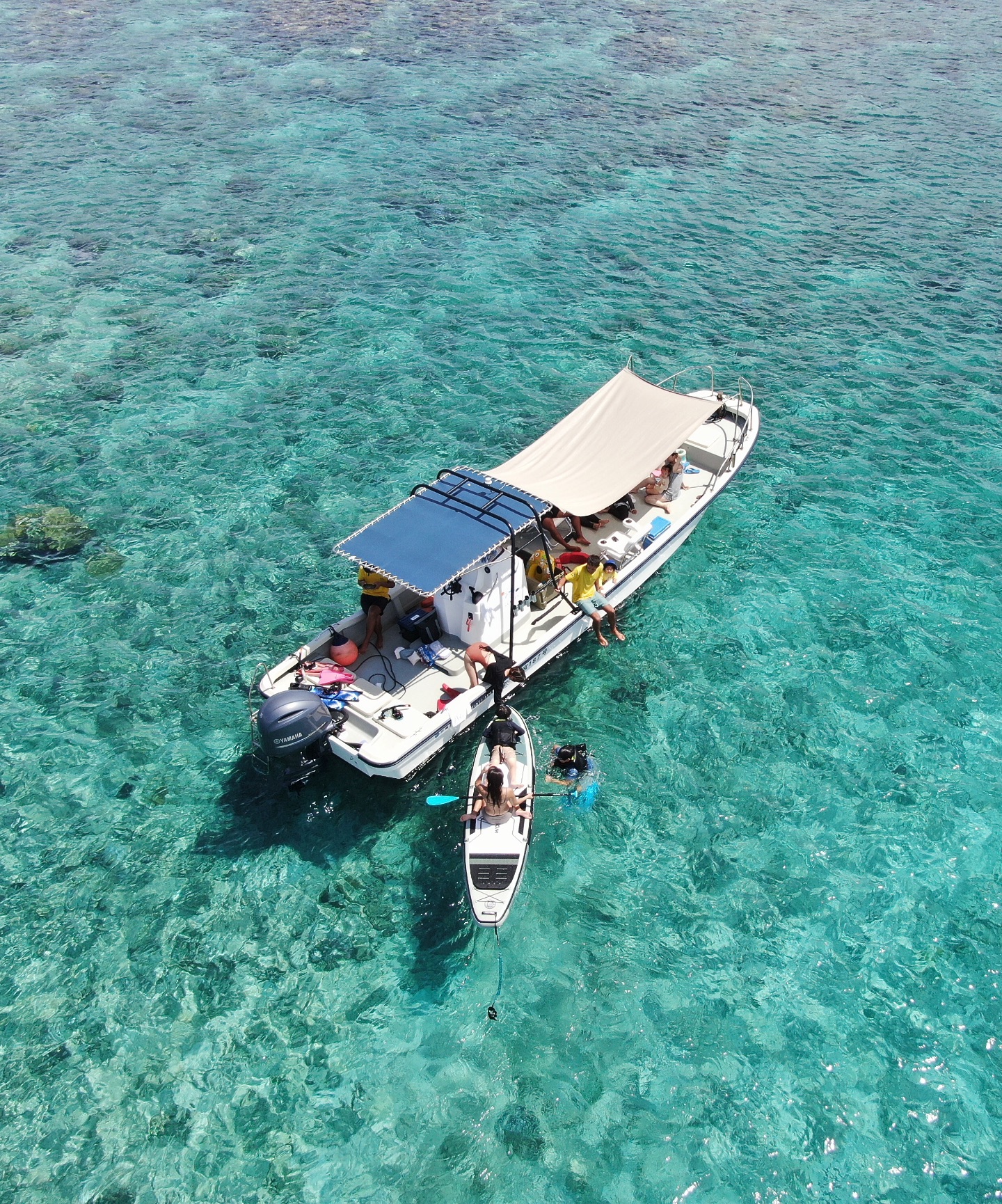
Located 1.5 km southwest of Miyako Island, Kurima Island is connected by the 1,690-meter Kurima Bridge, allowing visitors to drive across the stunning emerald green sea.
The Ryugu Castle Observatory offers breathtaking views, including Yonaha Maehama Beach. Recently, tropical-style cafes have become increasingly popular.
15th Place: Takeshima (Aichi Prefecture)
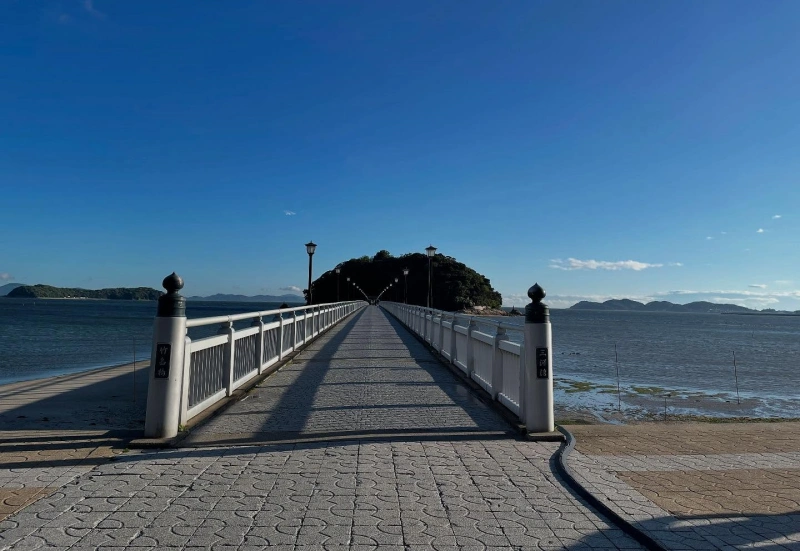
The 387-meter Takeshima Bridge, connecting the mainland to the island, is known as the "Marriage Bridge." Couples are advised not to separate while crossing it.
Takeshima is home to 283 species of temperate evergreen plants and was designated a National Natural Monument in 1930. At its center lies the "Yaotomi Shrine," also known as "Takeshima Benten," one of Japan’s seven Benten shrines, dedicated to good fortune and marriage.
16th Place: Iriomote Island (Okinawa Prefecture)
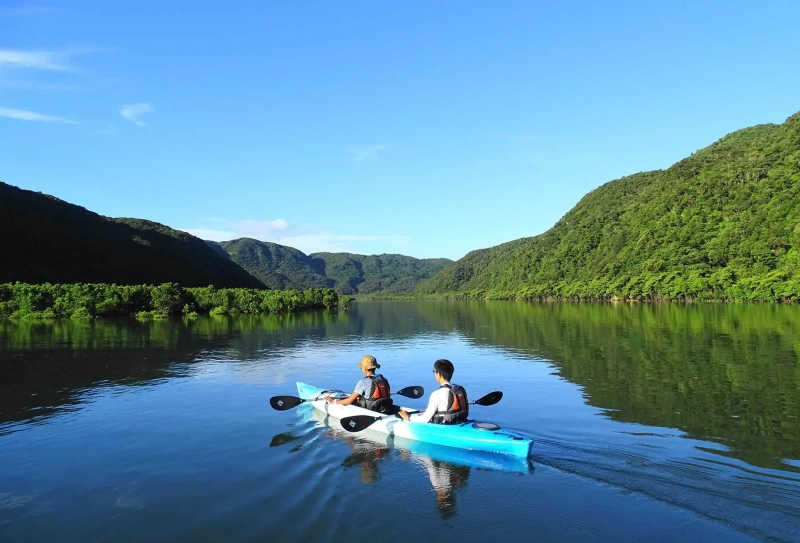
With a circumference of about 130 km, Iriomote Island is Okinawa’s second largest island after the main island. Approximately 90% of the island is covered by subtropical forest, home to unique species like the Iriomote wildcat.
One of its iconic attractions is the "Nakama River Mangrove Forest," covering about a quarter of Japan’s mangrove area, easily explored by boat tours.
17th Place: Ikema Island (Okinawa Prefecture)
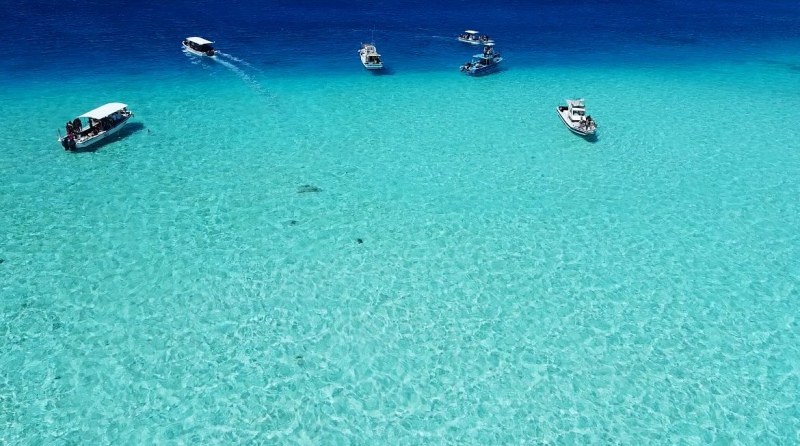
Located 1.5 km northwest of Miyako Island, Ikema Island is accessible via the 1,425-meter Ikema Bridge. With a circumference of about 10 km, the island is small and ideal for a leisurely driving tour.
Attractions include the Ikema Lighthouse, Funakusu Beach, Igizu Beach, and various restaurants and cafes.
18th Place: Mikimoto Pearl Island (Mie Prefecture)
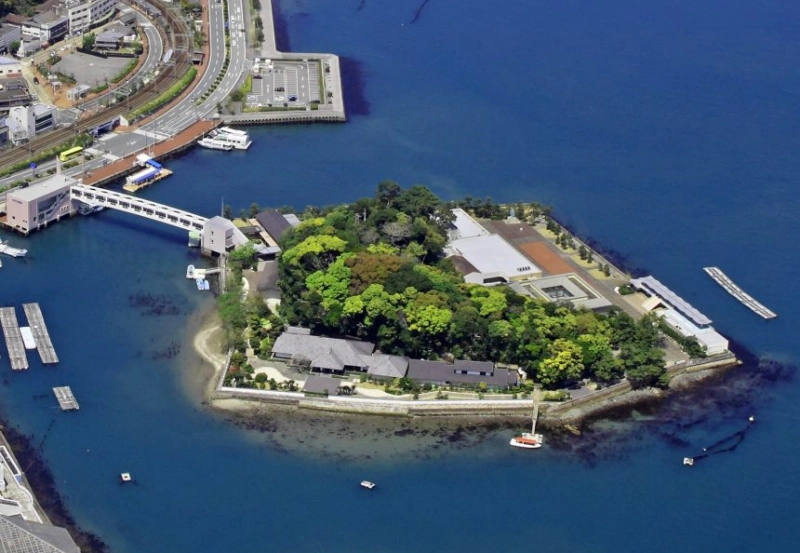
A 5-minute walk from Toba Station, Mikimoto Pearl Island in Toba Bay is where "Pearl King" Mikimoto Kokichi first successfully cultured pearls globally.
The island features the Pearl Museum, Mikimoto Kokichi Memorial Hall, Pearl Plaza, and Ama diver demonstrations, allowing visitors to observe, learn, and appreciate pearls.
19th Place: Hatsushima (Shizuoka Prefecture)
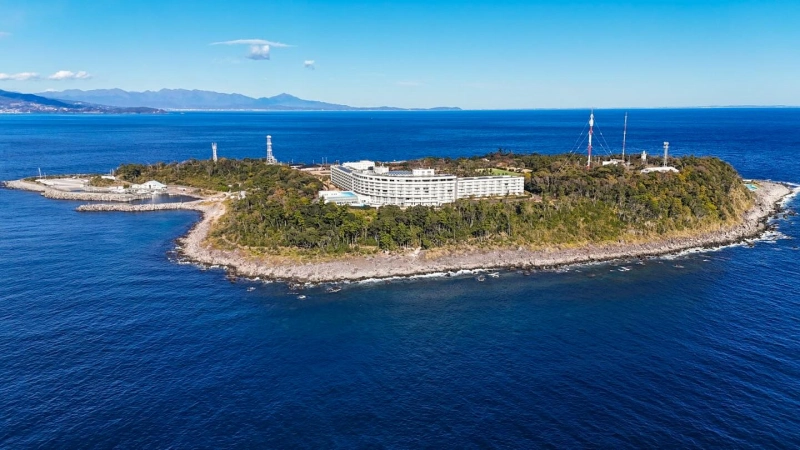
A 30-minute high-speed ferry from Atami, Hatsushima is the closest remote island to the Tokyo metropolitan area. Part of Shizuoka Prefecture, it is the only inhabited island in the prefecture, with about 200 residents.
With a 4-km circumference, Hatsushima is lush with tropical plants, exuding a resort vibe. It features a fisherman-run dining street, beautiful waters for diving, and seasonal flowers, offering a quintessential island getaway.
20th Place: Senaga Island (Okinawa Prefecture)
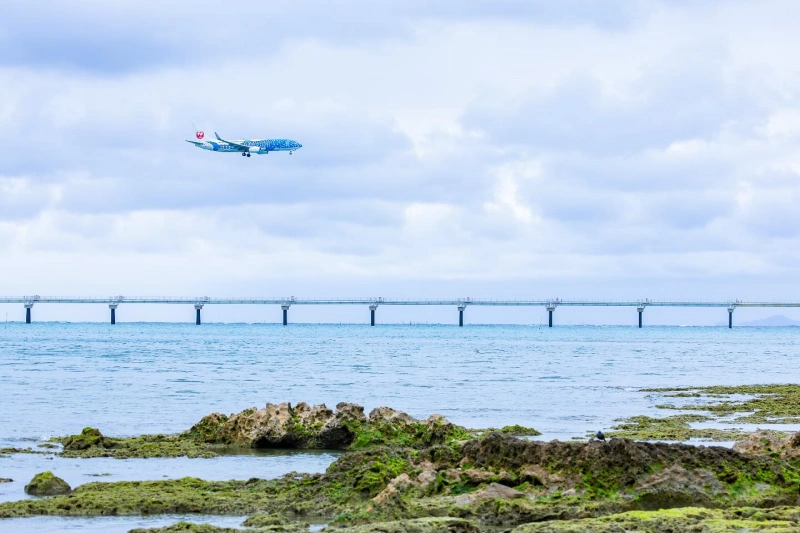
Senaga Island, the closest remote island to Naha Airport, is a 10-minute drive away. The "Umikaji Terrace" is a hub of shops selling crafts and souvenirs, perfect for gift shopping.
It also features sea-view restaurants and stylish cafes for a refined experience.
At the top of Umikaji Terrace, the Ryukyu Onsen Senaga Island Hotel offers stunning hot springs overlooking the Kerama Islands. Senaga Island is a popular sunset spot, and watching planes take off and land at Naha Airport up close is a unique attraction.
21st Place: Kohama Island (Okinawa Prefecture)
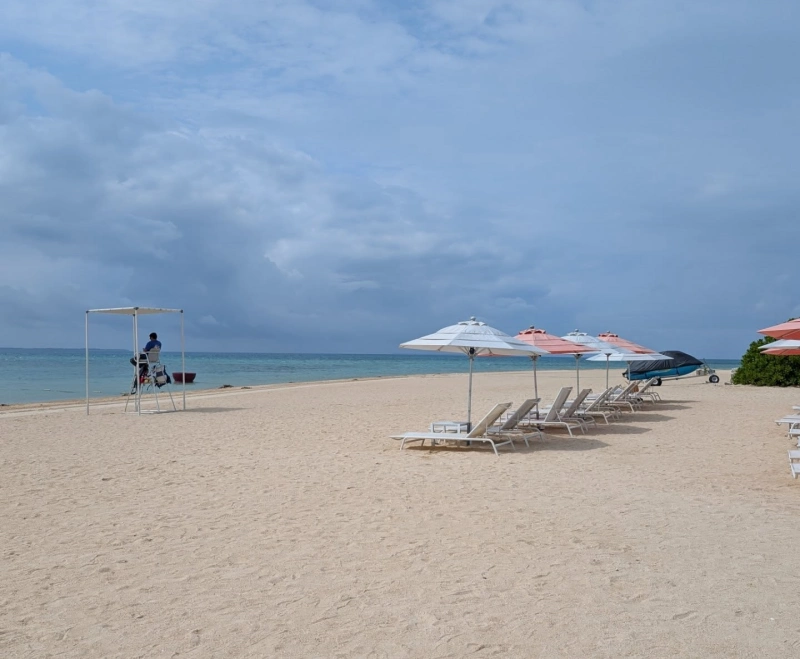
Kohama Island, covered in sugarcane fields, offers serene pastoral scenery. With a circumference of about 17 km, this island in the heart of the Yaeyama Islands gained fame as the filming location for the NHK drama Churasan.
The island’s only mountain, "Otake," stands at 99 meters, with a lookout at the summit offering a 360-degree panoramic view, a must-visit spot.
